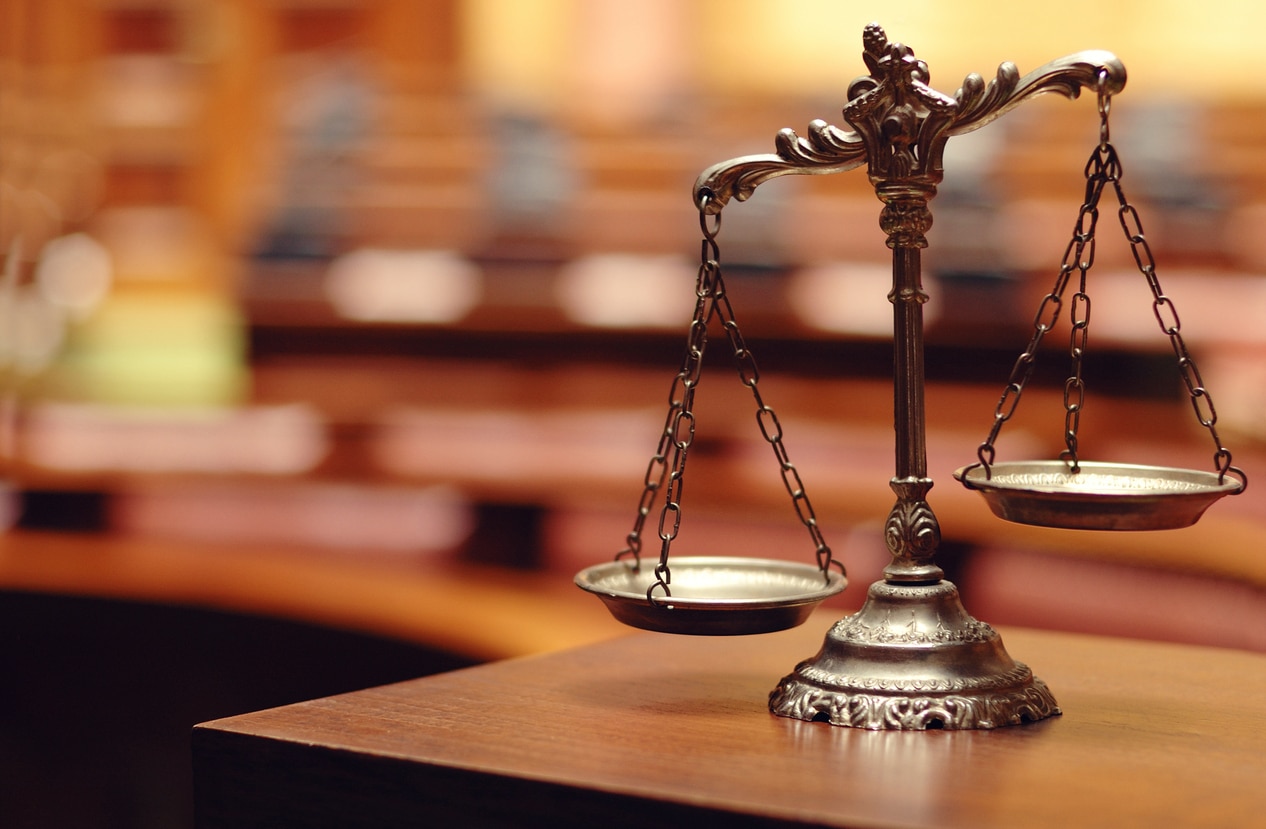This article is simply to put peoples’ mind at rest when attending a hearing without representation.
The Tribunal hearing rooms are generally small, new looking and with 3 rows of seating. The front row is where you will sit if you are not represented and that will be to the left as you face the front. HMRC will sit on the right. The Tribunal also allows you to attend beforehand and have a look at the court layout.
In straightforward appeals, there are never any persons in attendance that are not directly involved. Normally in attendance will be you and any witnesses you have brought along, plus anyone you want to attend to provide support. HMRC will have one caseworker and 1 or 2 HMRC witnesses. Rarely do HMRC instruct a solicitor or a barrister to attend unless the matter is complex or extremely large (£500,000+).
The Tribunal Judge will usually be accompanied by a ‘Member’ (usually an accountant) and they will sit slightly raised and in front of you.
When you give evidence, you will need to swear on a religious book or simply say that your evidence will be the truth. You sit to left hand side and do not have to stand to give evidence.
In most cases, HMRC will start by outlining their case and then call their witness(es). Once they have given evidence, you have the opportunity to cross-examine them, so make notes as the witnesses are talking. It is also useful to have previously highlighted parts of the witness statements that you disagree with and then question the HMRC witness, explaining why you disagree. The Judge and Member will then ask the Officers questions and HMRC’s case will close.
You will then need to explain in general terms why you think you can win and then give evidence under oath. HMRC will usually cross-examine you but it is not allowed to be in an aggressive manner and the Tribunal Judge will protect you from that.
The whole process is designed to help people that are not represented. The Judge simply wants to know the facts and who is in the right. They will help you as much as they can to get all the facts out, although they can’t help you with legal arguments regarding caselaw that might assist.
This will be a stressful time because of what is at stake, but the hearing itself is designed to be relaxed.
Hearings start at 10:30 and break for lunch at 1pm. If the Judge thinks the hearing may get finished without the need for a full afternoon, they may run later than 1pm.
It is rare that a decision is reached on the day, so don’t expect an answer straightaway. Normally the decision/judgement is sent out by email a month or so later.

